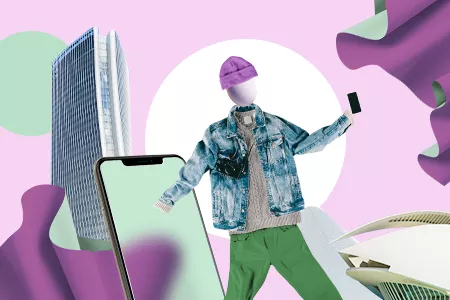Explicando os Planos Fotográficos: Guia Definitivo Sobre os 8 Tipos Mais Comuns de Planos
Para fazer uma foto ou vídeo extraordinário, é necessário considerar tantos aspectos e detalhes que alguns dos pontos mais importantes podem passar despercebidos. Apesar de existir muitas técnicas para envolver os espectadores, uma composição atraente é um dos principais fatores na criação de um efeito visual impressionante. A forma que você escolhe para enquadrar o assunto — o assunto está perto ou longe da câmera e em que ângulo — afetará todo o enquadramento e influenciará como o público irá enxergar a imagem.
Seja gravando um vídeo longo ou criando um vídeo marketing para suas redes sociais, a combinação de diferentes tipos de planos pode ajudá-lo a dar vida aos seus personagens, chamar a atenção dos espectadores e adicionar significado às cenas. Dito isso, preparamos uma lista dos 8 tipos mais comuns de planos fotográficos e ângulos que você pode usar em seus projetos criativos. Confira!
O que é um plano fotográfico?
Um plano fotográfico é a relação do ângulo e da distância da câmera ao enquadrar uma foto, indicando o tamanho e a aparência do assunto na imagem. Na produção de filmes, diferentes planos fotográficos são planejados com antecedência e até mesmo incluídos no roteiro. Combinações de vários planos e movimentos de câmera podem ajudá-lo a diversificar as composições de cena e adicionar dinâmica aos enquadramentos. Os planos também podem ser usados para obter efeitos, enfatizar detalhes, emoções ou movimentos.
Os planos fotográficos mais básicos são plano fechado, plano médio e plano aberto, mas existem variações para cada um deles. Eles podem ser divididos em dois tipos principais:
- plano fotográfico com base na distância: distância em relação ao assunto
- plano fotográfico com base no ângulo: posicionamento da câmera em relação ao assunto
Abaixo, você encontrará uma lista abrangente de planos fotográficos, suas explicações e dicas sobre como usá-los.
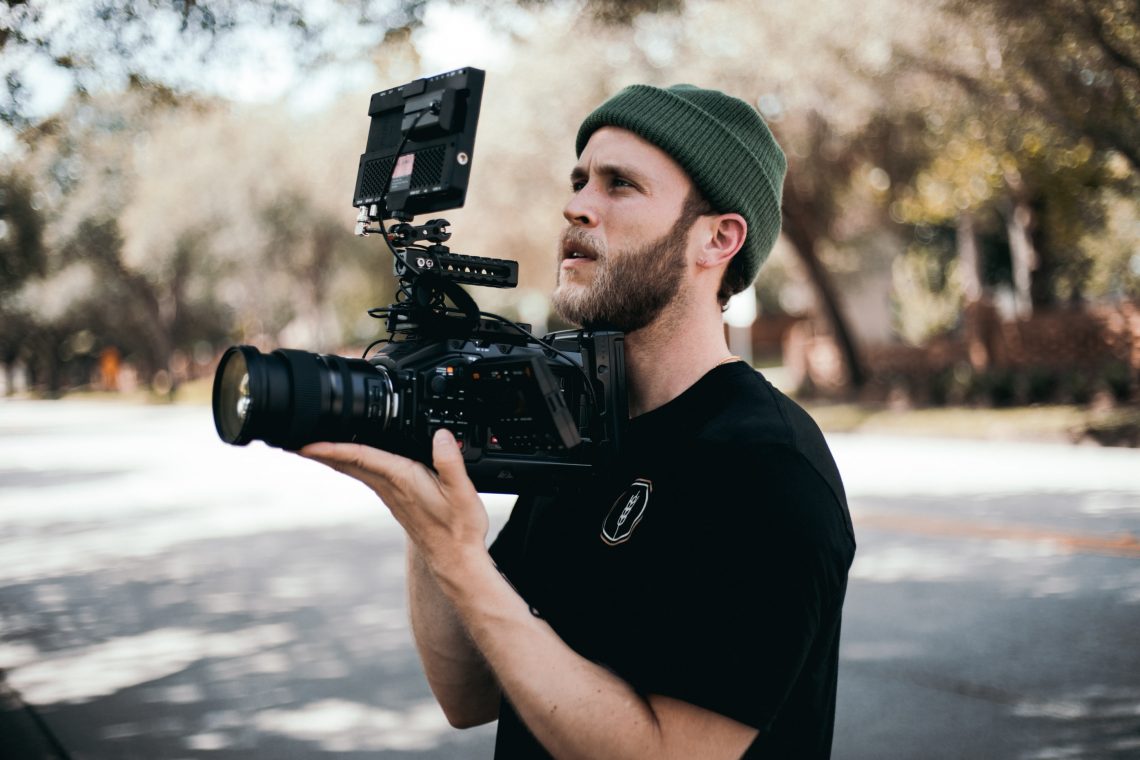
Lista de planos fotográficos
- Plano super aberto
- Plano aberto
- Plano americano
- Plano médio fechado
- Plano fechado
- Plano detalhe
- Plano ponto de vista
- Plano over-the-shoulder
1. Plano super aberto
Um plano super aberto é feito de uma longa distância do assunto, mostrando onde a cena ocorre. Ele dá ao espectador um contexto de localização e geralmente aparece no início do filme ou para introduzir uma nova cena. Muitas vezes, o plano super aberto demonstra a escala do que está acontecendo em uma cena, permitindo a visualização do cenário de uma só vez.
Você pode usar um plano super aberto para fazer um objeto parecer pequeno naquele local. Isso mostrará ao espectador que o sujeito se sente sozinho, isolado ou distante. Esse tipo de foto também pode enfatizar que o assunto está se sentindo oprimido pelo ambiente.
2. Plano aberto
Um plano aberto é basicamente a mesma coisa que um plano super aberto, no entanto, é feito um pouco mais próximo. O local ainda domina o enquadramento, mas o assunto também fica detalhado. Esse plano consegue mostrar a extensão de qualquer personagem sem preencher toda a cena. O plano aberto é feito com uma lente grande angular para deixar um espaço considerável dentro do enquadramento.
Um plano aberto mostra um assunto em relação ao seu ambiente. Semelhante a um plano super aberto, ele também pode ser usado para fornecer uma melhor compreensão do cenário. Entretanto, pode contextualizar melhor o personagem dentro do local e mostrar como o personagem se encaixa nele. Muitas vezes, um plano aberto também é usado para criar uma sensação de separação entre o espectador e o filme.
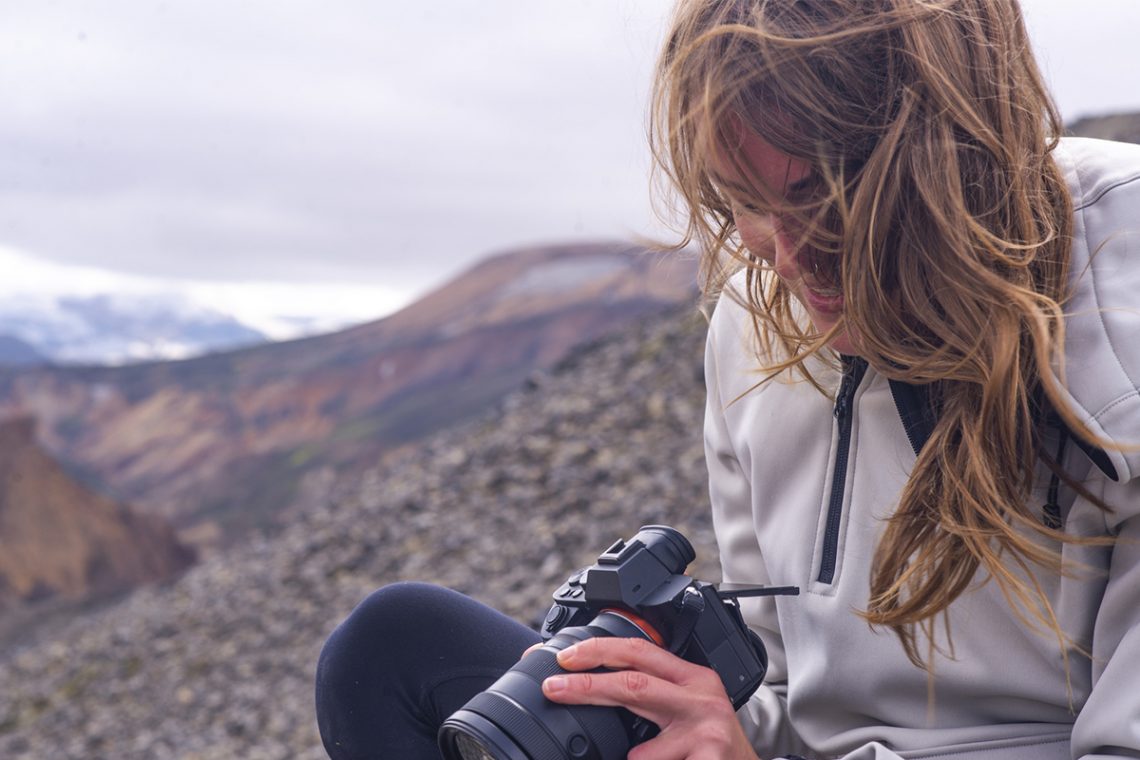
3. Plano americano
O plano americano se aproxima mais de um assunto e o enquadra dos joelhos para cima, mostrando sua linguagem corporal, gestos e personalidade.Este plano mostra menos do cenário e mais detalhes da pessoa real. Geralmente, ele é usado para capturar dois elementos diferentes ao mesmo tempo.
Muitos cineastas referem-se a este plano americano como de faroeste ou de cowboy. Isso porque estes planos se tornaram muito populares nos filmes de faroeste, pois mostravam cowboys em poses heroicas e confiantes. Mas, eles também destacam outros aspectos dos estados mentais ou emocionais dos personagens.
4. Plano médio fechado
Um plano médio fechado captura o assunto dos ombros para cima. Chamando mais atenção para um assunto, mas mantendo os arredores visíveis. Neste tipo de plano, o assunto é destacado o suficiente para visualizarmos sua expressão facial e linguagem corporal e é normalmente usado quando os personagens estão conversando entre si. Em uma cena de diálogo, um plano médio fechado pode ser usado como um plano intermediário que é seguido por um plano fechado para enfatizar um momento particularmente significativo.
Por ser uma plano que dá o mesmo valor para um assunto e seus arredores, ele permite que os cineastas preservem um nível importante de detalhes enquanto focam em uma cena inteira.
5. Plano fechado
Um plano fechado captura os detalhes ou emoções de perto, ajudando o público a ler as expressões faciais do personagem para entender melhor suas respostas emocionais. O assunto é o foco principal, ajudando a criar tensão e construir uma conexão pessoal com os espectadores.
De todos os diferentes tipos de planos fotográficos, o plano fechado é perfeito para enfatizar momentos importantes, pois não distrai os espectadores com interferências de fundo ou outros detalhes insignificantes. Geralmente, este plano indica aos espectadores que eles devem prestar atenção a determinado símbolo que é exibido ao longo de um filme.
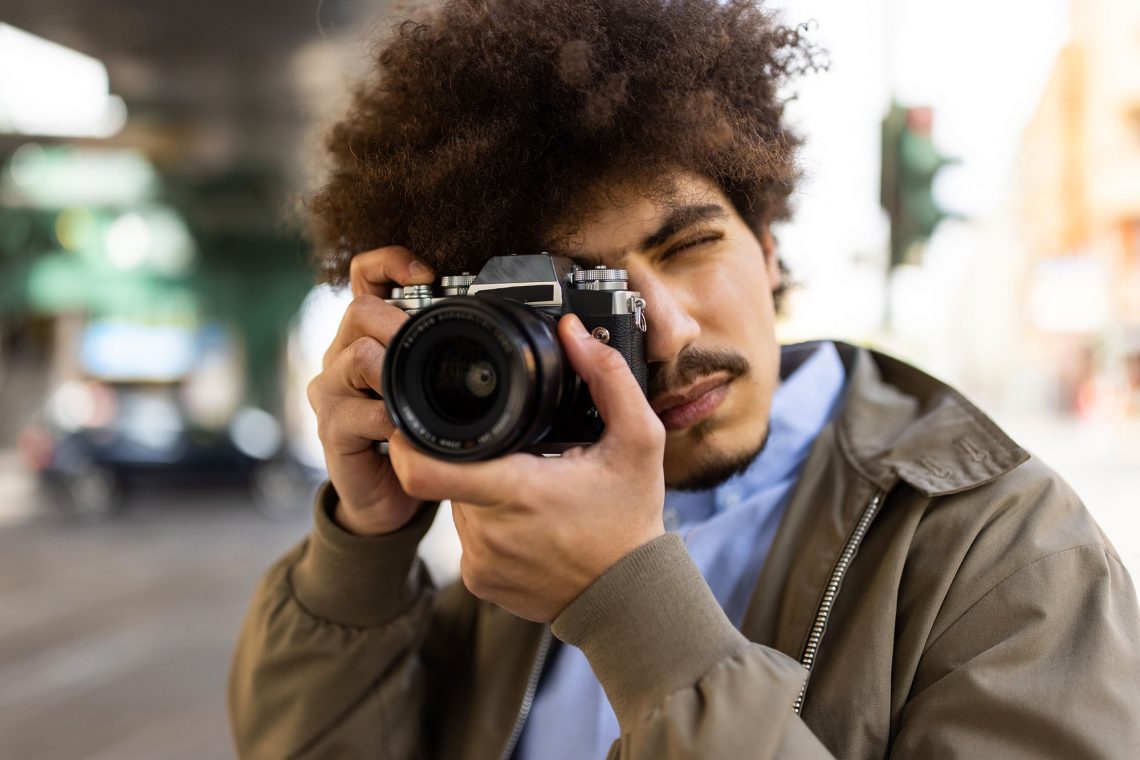
6. Plano detalhe
Um plano de detalhe preenche um quadro com o assunto e exibe o máximo possível de detalhes. Normalmente, o plano enquadra objetos e partes do corpo, aproximando-se dos olhos e da boca. Ele permite que o espectador veja pequenos detalhes que poderiam passar despercebidos. É uma maneira poderosa de exibir um momento crucial ou delicado em uma cena e transmitir a emoção de um assunto sem dizer muito. Esse plano também traz intensidade a uma cena, permitindo que os espectadores entrem no espaço pessoal do personagem. Você pode usá-lo tanto para obter alívio cômico ou para aumentar a tensão.
7. Plano ponto de vista
Um plano de ponto de vista, retrata a perspectiva em primeira pessoa de uma personagem. Mostra para onde um assunto está olhando como se fosse visto de seus olhos. Geralmente é usado entre uma cena de um personagem olhando para algo e uma cena mostrando a reação da personagem. Uma fotografia com este plano permite que o espectador assuma a perspectiva do sujeito e entenda seu estado de espírito em um nível mais profundo. Este plano é capaz de criar uma ilusão de acesso à vida interior de um personagem e pode carregar um amplo espectro de emoções. É usado frequentemente para aumentar a tensão em uma discussão e também é muito adequado para criar pavor em sequências de terror.
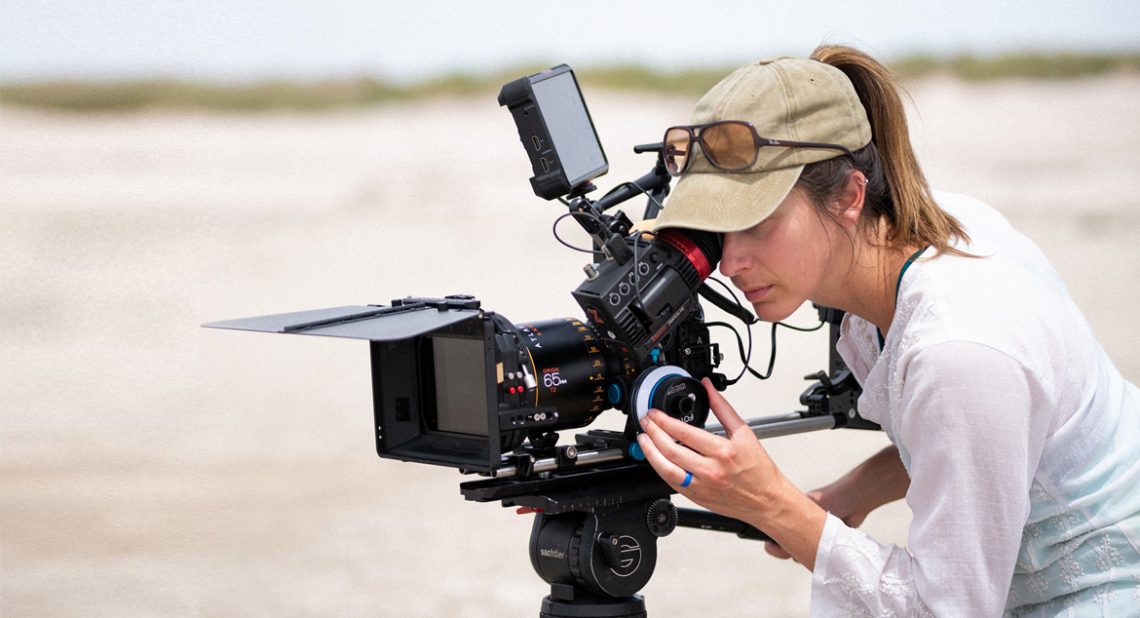
8. Plano over the shoulder
O plano over the shoulder, nada mais é do que o enquadramento de um assunto em uma cena média ou fechada, olhando por cima do ombro da pessoa com quem o assunto interage. Esse tipo de plano permite que o público entenda o local do ator e como os personagens estão localizados em relação uns aos outros.
Esse tipo de plano ajuda os espectadores a se orientarem durante uma cena e é bem eficaz em cenas de diálogo ou conversa em grupo. Isso permite saber quais personagens interagem entre si, especialmente quando estão envolvidos em uma conversa profunda ou em uma briga.
Resumindo
Ter um conhecimento prático dos planos básicos e usá-los no momento certo é essencial, seja você um criador de vídeos criativos ou um profissional de cinema. Saber os tipos clássicos de planos e seus atributos pode te ajudar criar o clima certo, adicionar dinâmica, destacar emoções e aprimorar o clima geral do seu vídeo. Não é preciso memorizar todos os tipos de planos fotográficos, mas saber o básico irá te beneficiar!
Outros artigos que você pode achar interessantes
Entendendo as Proporções de Aspecto Mais Comuns Para Imagens e Vídeos
Como Proteger Seu Conteúdo Contra Roubo na Internet
Uma Lista Obrigatória Sobre 40 Tipos de Fotografia Para Aprender e Dominar
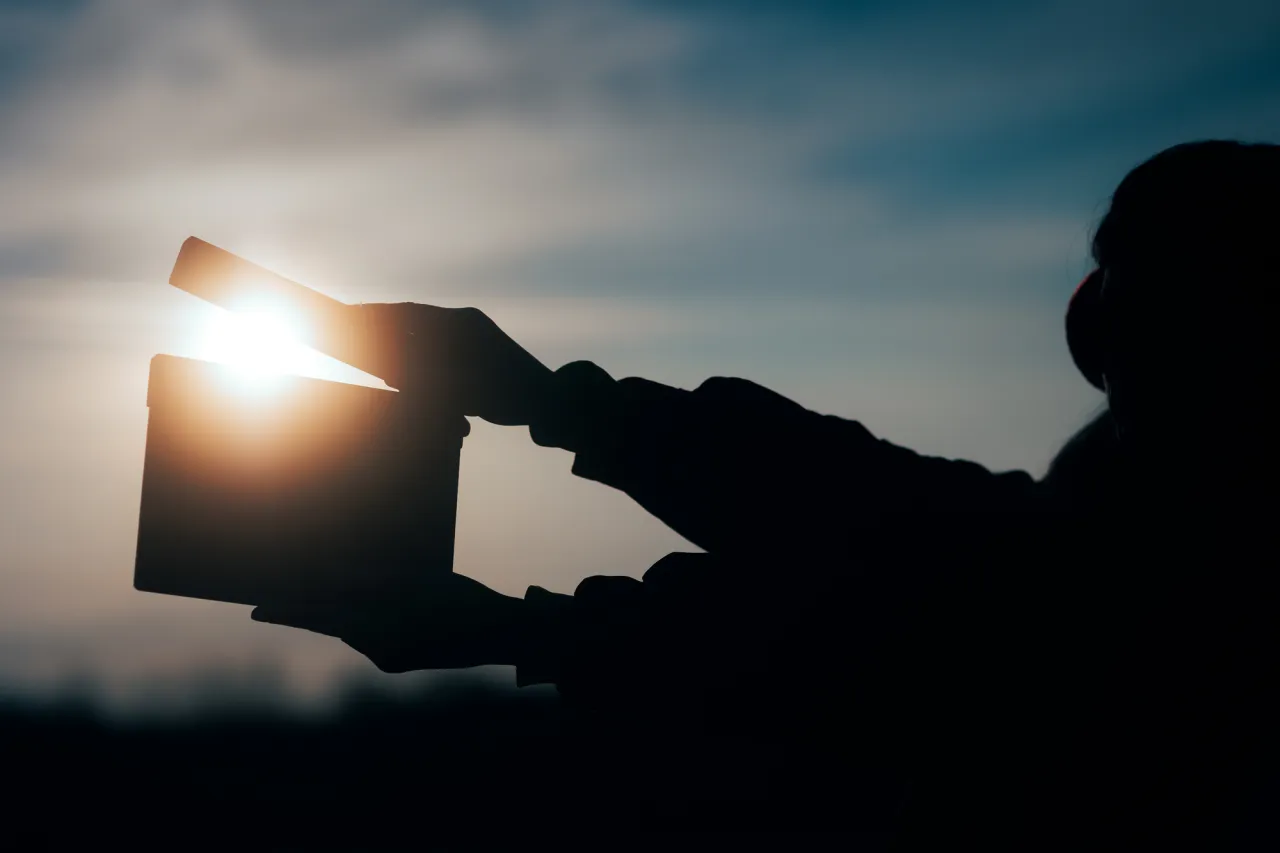
![Guia de Marketing de Conteúdo Para 2020 e Futuramente [Infográfico]](https://depositphotos-blog.s3.eu-west-1.amazonaws.com/uploads/2020/09/Guia-de-Marketing-de-Conteu-do-Para-2020-e-Futuramente-Infogra-fico-1.webp)
